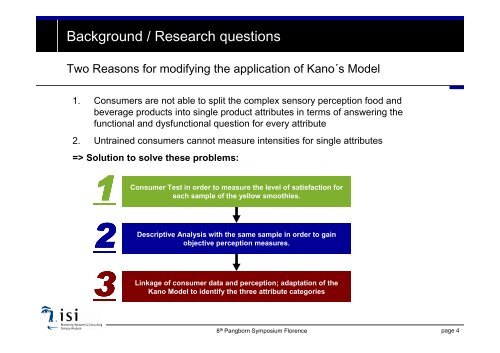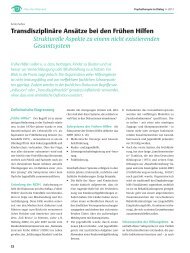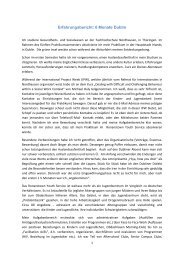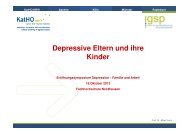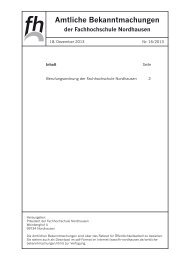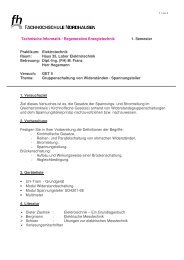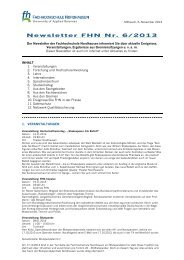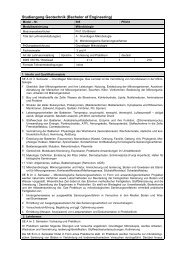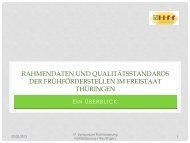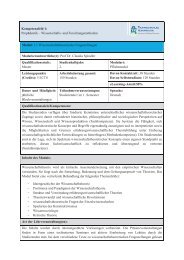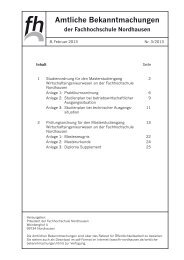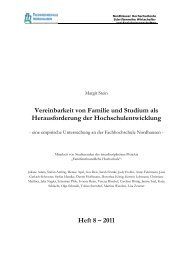application of the kano model to sensory ...
application of the kano model to sensory ...
application of the kano model to sensory ...
Create successful ePaper yourself
Turn your PDF publications into a flip-book with our unique Google optimized e-Paper software.
Background / Research questions<br />
Two Reasons for modifying <strong>the</strong> <strong>application</strong> <strong>of</strong> Kano´s Model<br />
1. Consumers are not able <strong>to</strong> split <strong>the</strong> complex <strong>sensory</strong> perception food and<br />
beverage products in<strong>to</strong> single product attributes in terms <strong>of</strong> answering <strong>the</strong><br />
functional and dysfunctional question for every attribute<br />
2. Untrained consumers cannot measure intensities for single attributes<br />
=> Solution <strong>to</strong> solve <strong>the</strong>se problems:<br />
1<br />
2<br />
3<br />
Consumer Test in order <strong>to</strong> measure <strong>the</strong> level <strong>of</strong> satisfaction for<br />
each sample <strong>of</strong> <strong>the</strong> yellow smoothies.<br />
Descriptive Analysis with <strong>the</strong> same sample in order <strong>to</strong> gain<br />
objective perception measures.<br />
Linkage <strong>of</strong> consumer data and perception; adaptation <strong>of</strong> <strong>the</strong><br />
Kano Model <strong>to</strong> identify <strong>the</strong> three attribute categories<br />
8 th Pangborn Symposium Florence<br />
page 4


